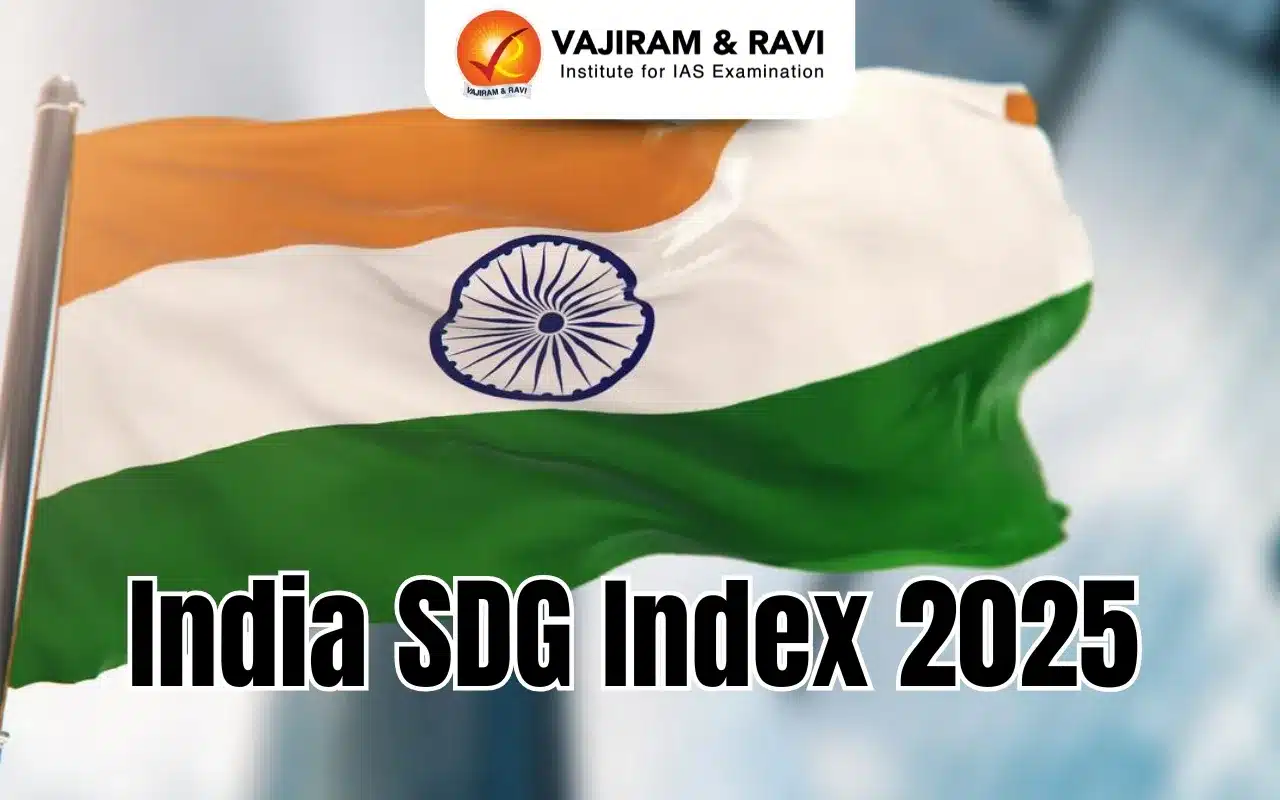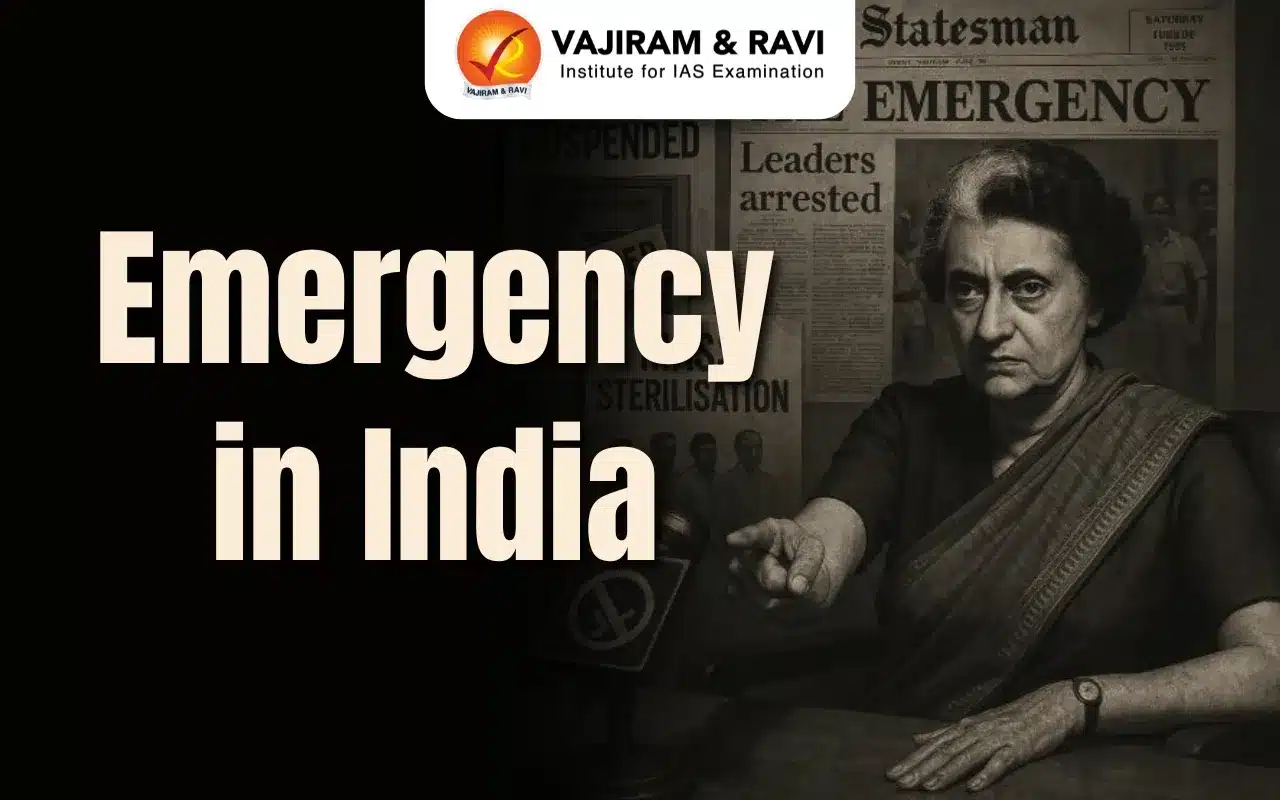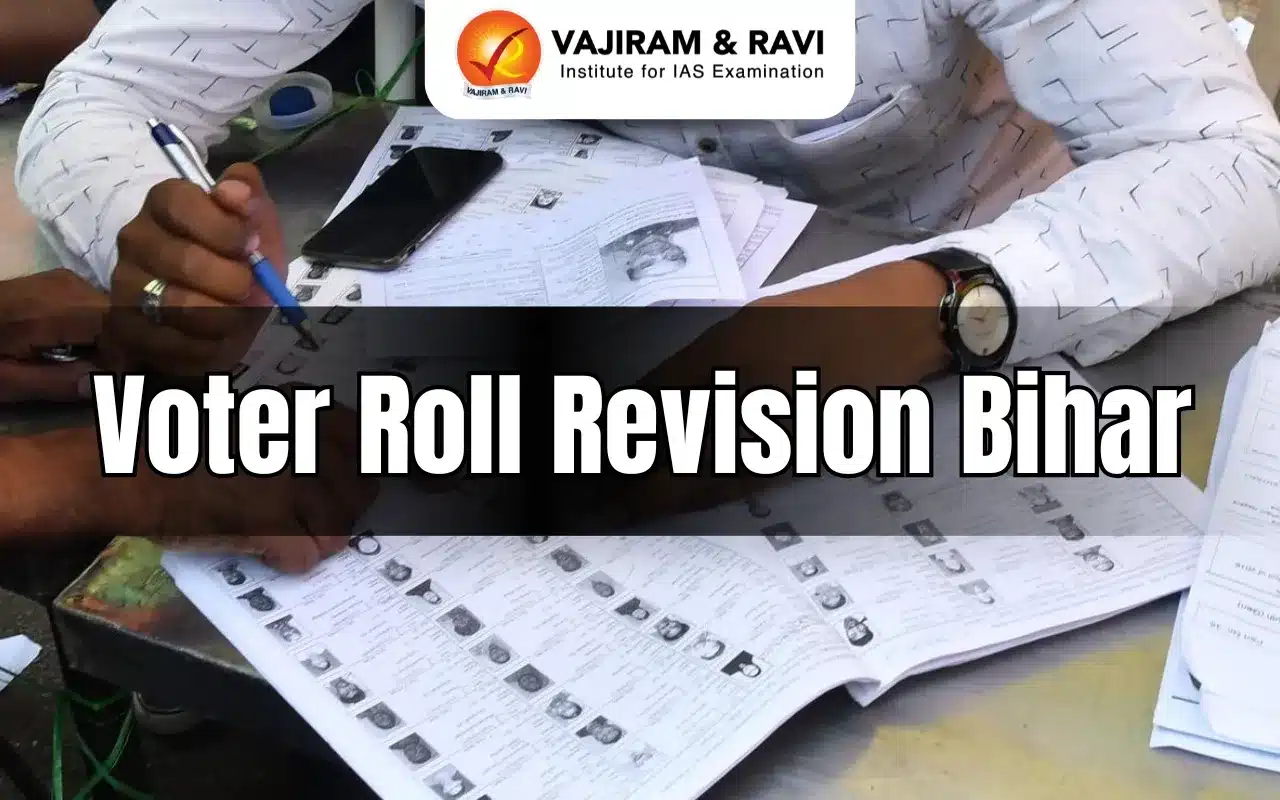India Bangladesh Trade Restrictions Latest News
- India has imposed restrictions on Bangladeshi exports to North-East India and overseas.
- This move appears to be a response to Bangladesh’s continued use of non-tariff barriers that hinder Indian exports to Bangladesh.
Bilateral Trade Relation Between India and Bangladesh
- In Financial Year 2023-24, India and Bangladesh’s total bilateral trade reached $14.01 billion.
- India’s exports to Bangladesh amounted to $12.05 billion, while Bangladesh’s exports to India were $1.97 billion.
- India is Bangladesh’s second largest trading partner in Asia and Bangladesh is India’s largest trade partner in South Asia.
India Imposes Restrictions on Bangladeshi Exports
- India has announced new restrictions on Bangladeshi products being exported to North-East India and beyond, in a move widely seen as a reciprocal response to Bangladesh’s persistent non-tariff barriers on Indian exports.
Scope of the Restrictions
- The Directorate General of Foreign Trade issued a notification specifying:
- Restrictions apply across all Land Customs Stations (LCSs) and Integrated Check Posts (ICPs) in Assam, Meghalaya, Tripura, and Mizoram.
- LCS Changrabandha and Fulbari in North Bengal are also included to prevent re-routing of goods through the Siliguri Corridor.
- Products affected include:
- Readymade garments
- Wooden furniture
- Plastic and PVC goods
- Fruit-flavoured and carbonated drinks
- Baked goods, snacks, and confectionery
- Cotton yarn, among others.
Exempted Items and Routes
- Certain categories are exempted from restrictions:
- Fish, LPG, edible oil, and crushed stone
- Exports to Nepal/Bhutan transiting through India
- Readymade garments can still be imported via Kolkata and Nhava Sheva seaports.
Background and Trigger
- The decision follows remarks by Bangladesh’s interim government head Muhammad Yunus in Beijing, where he described North-East India as “landlocked” and Bangladesh as its “only guardian to the ocean.”
- India interpreted this, along with persistent trade restrictions, as a disregard for mutual trade balance.
Existing Transit Framework and Disparities
- There are 11 land transit points in the Northeast for trade with Bangladesh: 3 in Assam; 2 in Meghalaya; 6 in Tripura.
- India had allowed Bangladeshi goods to transit through all land ports and seaports without restrictions.
- Bangladesh, however, continued to restrict Indian exports through LCSs and ICPs bordering the region.
- Yarn exports from India via land ports were stopped from April 13.
- Indian rice exports have been banned through Hili and Benapole ICPs since April 15.
- Indian exports face rigorous inspections upon entry into Bangladesh.
- Bangladesh’s policies have restricted Northeast India’s market access, limiting it to primary agricultural goods.
India’s Rationale and Concerns
- According to Indian officials:
- Bangladesh continues to restrict Indian exports via land ports, especially those bordering the North-East, despite earlier bilateral agreements.
- North-East India’s industrial growth suffers due to:
- High transit charges by Bangladesh
- Lack of reciprocal access to Bangladeshi markets
- Over-dependence on Bangladeshi imports
- Port restrictions are meant to support local manufacturing and ensure a level playing field for Indian industries.
India’s Position
- India asserts that Bangladesh cannot cherry-pick trade benefits and must engage in fair, reciprocal trade practices.
- While open to dialogue, Delhi insists that Dhaka must create a constructive atmosphere for engagement.
Conclusion: India’s Strategic Pushback
- India views these actions as damaging to the manufacturing sector in the Northeast, creating a one-sided dependency.
- To promote ‘Atmanirbhar Bharat’ and support local manufacturing, India is imposing port restrictions on Bangladeshi exports through all LCSs and ICPs in Assam, Meghalaya, Tripura, and Mizoram.
- The move aims to ensure fair trade practices and protect regional industrial growth.
India Bangladesh Trade Restrictions FAQs
Q1. Why did India impose restrictions on Bangladesh exports?
Ans. India responded to persistent non-tariff barriers imposed by Bangladesh, impacting Indian exports and market access, especially in the North-East.
Q2. Which products face export restrictions from Bangladesh?
Ans. Restrictions cover garments, plastic goods, furniture, carbonated drinks, baked items, and cotton yarn, among others.
Q3. Are any Bangladeshi exports exempted from Indian restrictions?
Ans. Yes, fish, LPG, edible oil, crushed stones, and garments through Kolkata and Nhava Sheva ports are exempted.
Q4. What triggered India’s recent trade move against Bangladesh?
Ans. It followed Bangladesh’s remarks calling North-East India “landlocked” and ongoing trade restrictions on Indian goods.
Q5. What’s India’s strategic goal behind the restrictions?
Ans. India aims to boost local manufacturing, promote fair trade, and counter regional dependency on Bangladeshi imports.
Last updated on June, 2025
→ UPSC Notification 2025 was released on 22nd January 2025.
→ UPSC Prelims Result 2025 is out now for the CSE held on 25 May 2025.
→ UPSC Prelims Question Paper 2025 and Unofficial Prelims Answer Key 2025 are available now.
→ UPSC Calendar 2026 is released on 15th May, 2025.
→ The UPSC Vacancy 2025 were released 1129, out of which 979 were for UPSC CSE and remaining 150 are for UPSC IFoS.
→ UPSC Mains 2025 will be conducted on 22nd August 2025.
→ UPSC Prelims 2026 will be conducted on 24th May, 2026 & UPSC Mains 2026 will be conducted on 21st August 2026.
→ The UPSC Selection Process is of 3 stages-Prelims, Mains and Interview.
→ UPSC Result 2024 is released with latest UPSC Marksheet 2024. Check Now!
→ UPSC Toppers List 2024 is released now. Shakti Dubey is UPSC AIR 1 2024 Topper.
→ Also check Best IAS Coaching in Delhi
Tags: mains articles trade curbs on bangladesh exports upsc current affairs upsc mains current affairs












